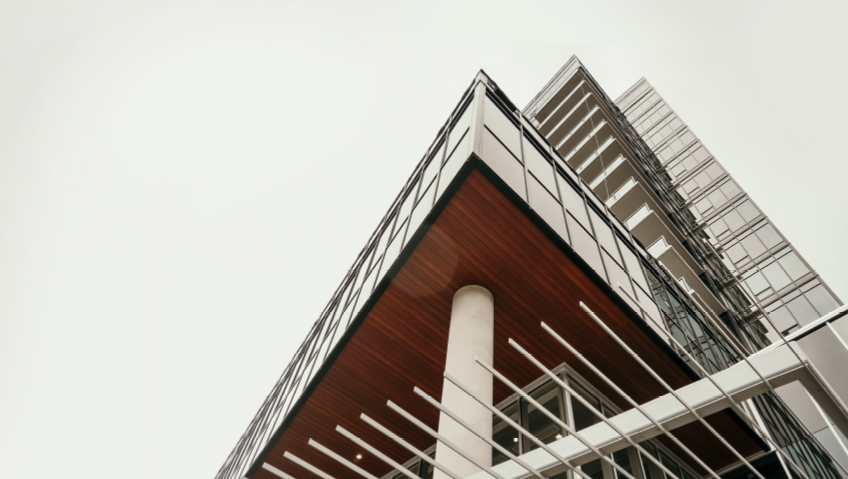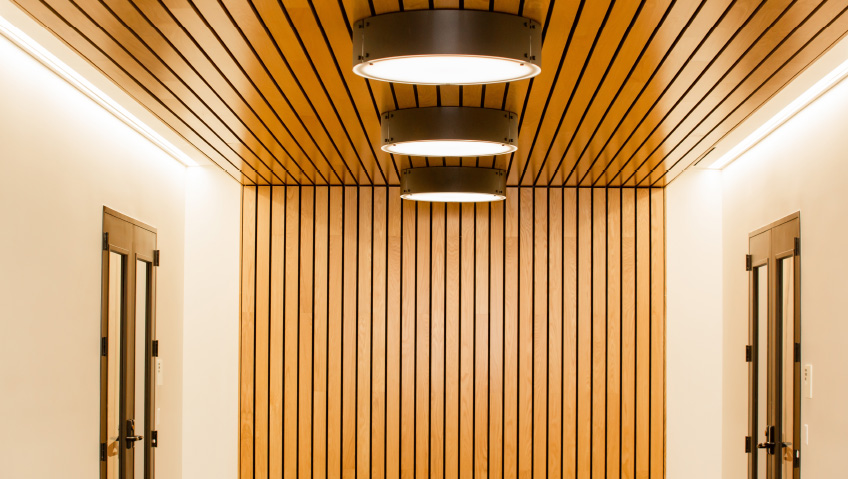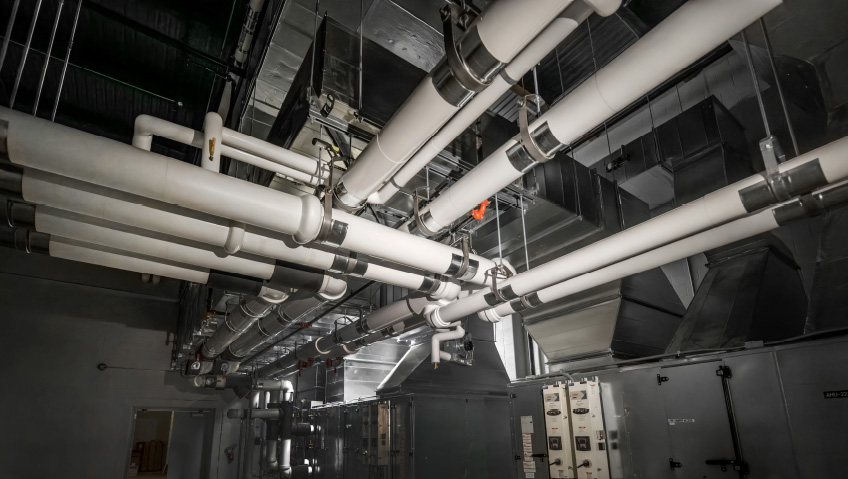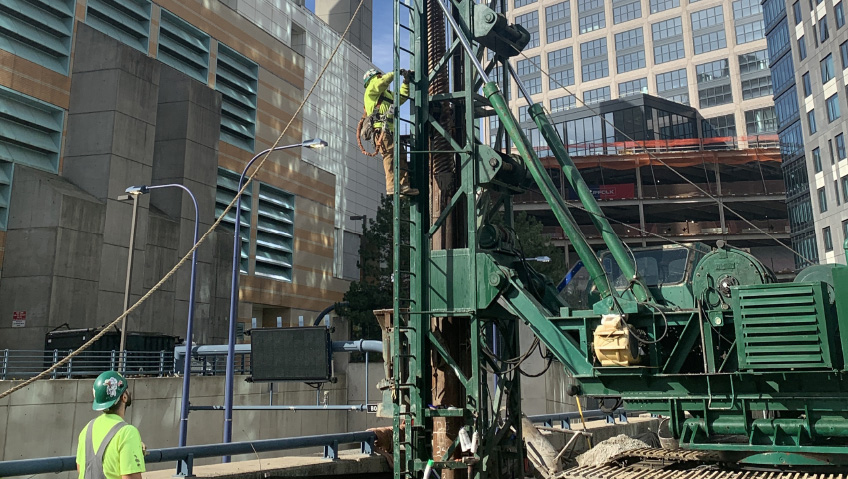After over two decades in business, it was name-change time for the powerhouse Beaverbrook Group of Companies. CEO George Cantalini and team spent three years restructuring, sometimes merging, and bringing together everything under one banner: Cantiro.
Unveiled at the beginning of last October, the new name Cantiro (pronounced ‘Can-Tee-Ro’) merges the names of Beaverbrook’s Founder and Chief Executive Officer, George Cantalini, and mentor Tony Cairo, who shared a love of real estate and a vision of creating outstanding homes and communities that would make their world a better place to live.
“The rebranding is the public-facing part, but it’s the foundation that was being built over a number of years that is the key to our current and future success,” says Jodie Wacko, Cantiro’s President, Communities and Commercial.
Formerly known as Dolce Vita Homes & MODA Townhomes, Beaverbrook Communities, Beaverbrook Commercial, and InHouse, the entities are now Cantiro Homes, Cantiro Communities, Cantiro Commercial, and Cantiro Residential Rentals.
Based in Edmonton, Alberta, Cantiro is also expanding its new brand across Canada, to diversify, and to focus on growth opportunities in British Columbia and Ontario. “We think we have an exciting, unique opportunity for those markets,” says Wacko.
Experience counts
With a background in urban and regional planning, geography and economics, Wacko has been with the company for 15 years, serving as Vice President, Communities before becoming President Communities and Commercial. With 85 staff, Cantiro has a reputation not only for its quality homes and communities, commercial and residential rentals, but as being a great place to work.
Like Wacko, Ryan Smith is a long-time Cantiro employee. Working up to President, Homes and Residential Rentals, his experience includes the community side of the business, homes and multi-family.
Cantiro’s appreciation of different types of clients and their needs – and the knowledge that comes with developing products from raw land through to finished retail, homes, and community spaces – is just one key difference setting Cantiro apart from the competition.
“Understanding that whole product development right from greenfield, you gain a pretty good understanding of what people are looking for in a community, in the home itself, and in retail applications,” says Smith. “At the end of the day, we can produce a better product because of that.”
Unique Net Zero projects
Just as home styles continue to evolve, so does our awareness of energy consumption and our impact on the environment. Driven by consumer expectations and advances in construction, the movement toward more green building, sustainability, and greater environmental standards continues to gather momentum.
Known for being ahead of the curve, Cantiro developed and built its first Net Zero home about four years ago, and has constructed several other client homes to solar Net Zero, and energy efficient standards within the Edmonton region. In British Columbia, the company is pursuing the first fully Net Zero community with its Owl’s Nest project, on the site of a former campground.
Located on the scenic shores of Kalamalka Lake in the Okanagan Valley, Owl’s Nest will see the construction of 38 Net Zero luxury homes.
To become a Net Zero Home, certain standards must be met, including the requirement that the home produces as much energy as it consumes. The homes at Owl’s Nest will use solar power along with advanced building materials and design to meet the Net Zero labeling standards.
With the project currently in the development permitting process, Cantiro expects to break ground this summer, and the work is anticipated to take two years to complete. A strata subdivision, each of the 38 single-family homes will be paired with a common access staircase and landscaped pergola front entry, but no shared walls.
“Rooftop solar panels will drive all the HVAC and power for the homes – heating, cooling, electrical – and that’s really the main component,” says Smith of Owl’s Nest. The project will also include orientation and passive design standards like roof design and window placement to maximize sun exposure during the day.
Working with an energy modeller from British Columbia to design the envelope of the homes, and mechanical and electrical systems, all aspects will meet Step 5 five building codes in British Columbia, making them fully Net Zero, and the most energy-efficient homes on the market.
All information goes into an energy model, and a formula that calculates all outputs. “Working from the energy model, we’ve come up with our own envelope structure,” says Smith. “We’ve taken what the expectations are in British Columbia and the Okanagan, and designed homes that meet the requirements of the marketplace as well as the requirements for a Net Zero Home. In this case, we are using solar as the main driver.”
Before embarking on Net Zero projects, Cantiro studies every building site, since no two are the same. This evaluation includes the area’s climate, ground conditions, natural site materials and contours, regulatory requirements, energy source, and how all these apply to the location.
Even native plants, which use little water to survive, and the re-use of local rocks are part of the environmentally-friendly equation.
“Instead of fighting Mother Nature, we are trying to work with her from a grading perspective, from how the site is designed and how we can best integrate homes into what is there today, as opposed to completely trying to reshape it,” says Wacko. “And that takes a lot of time, because for every problem you solve, you might create another one.”
Owing to increasing consumer demand, Cantiro anticipates more Net Zero projects across Canada.
Mass timber projects
A type of glue-laminated timber, mass timber is fast gaining popularity as a building material.
Allowing for faster construction than concrete, mass timber weighs less than other types of product, and has a smaller carbon footprint. From durability and longevity to better fire suppression characteristics than typical wood, mass timber was a key construction material for Cantiro’s West Block Glenora in Edmonton.
Consisting of two buildings, 100 West Block is 16 floors, while 300 West Block is a three-storey structure. Additionally, says Smith, 100 West Block is a good example of a Cantiro project that caters to the downsizing demographic with luxury condos.
Marketed as “a new way to live,” the mixed-use project includes living, office, retail and dining spaces at 300 West Block, the largest mass timber commercial building in the Prairies. The structure of the building, including all beams, columns, roof panels, and floor panels, is 100 percent wood.
“We build a breadth of product that crosses the whole housing continuum, so we have the experience to expand to new markets with products designed for consumers looking for a higher quality of lifestyle at every price point,” Smith says.
Community and charity involvement
For many years, Cantiro has helped improve the lives of children through its involvement with charities. These include Edmonton-based organization Child, Adolescent and Family Mental Health (CASA), which provides services not offered by the health care system.
Others, such as the Stollery Children’s Hospital Foundation, Kids with Cancer Society, and the University Hospital Foundation, also see company staff serving as fundraisers, or sitting on boards and committees.
“We build communities for people to live in, and a lot of these charitable organizations help contribute to quality of life,” comments Wacko. “This region and this city have been good to us, so it is only right to give back. That’s the way we look at things.”
Outstanding customer satisfaction
Turning 25 last year, Cantiro has earned the respect of new and repeat clients, some coming back to purchase their second and even third homes. Some communities are developed over a ten-year period because of the size of the landholdings, and in some cases, buyers will move up to larger homes during that time. “Even within our communities, we have a broad range of product which allows people to stay in the places they love while still progressing through life’s changes – having children and growing families – as they move across that housing continuum,” says Smith.
Over the decades, the company has received many awards, including the 2020 CustomerInsight Best Customer Experience for both the Edmonton and Northern Alberta regions as well as the 2019 CustomerInsight Builder of Choice, among others.
Putting the needs of the customer first and being attentive to client needs every step of the way, including taking possession and warranty, are just a few reasons for Cantiro’s ongoing success.
“We don’t complete a home and think that our job is done. We have clients for life,” says Wacko. “We build places for people to live and raise their families. We’ve grown and evolved into a company that understands all aspects of what ‘community’ really means.
“We don’t just build houses. We’re not just a construction company. We don’t build roads in isolation or take just any business as a commercial tenant. How people will live in these environments is at the centre of every decision we make in order to provide them with the best quality of life they could hope for. That requires an acute understanding of all aspects of community building – not just looking at your own little silo.”






